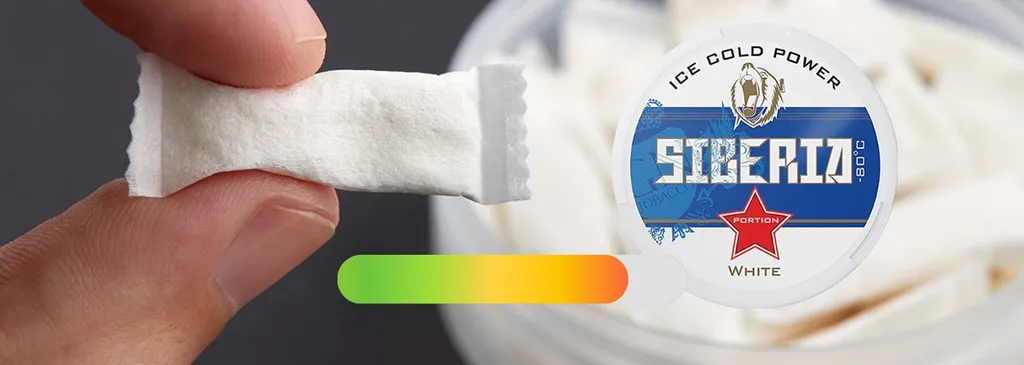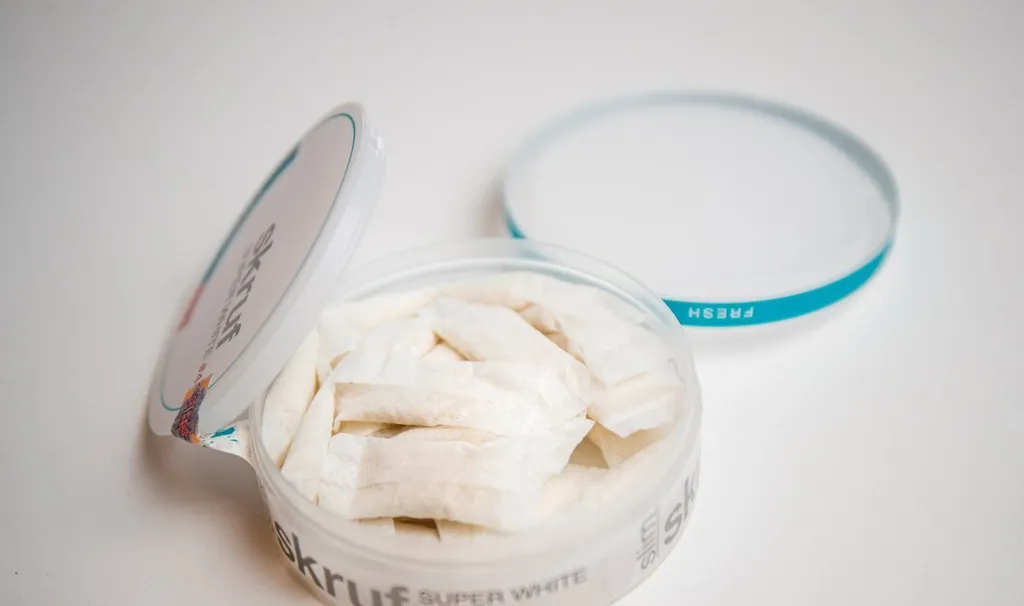
We often encounter words that, at first blush, seem familiar. They linger on the tip of our tongue, conjuring half-formed images, whispers of understanding. “Snuff” and “snus” likely fall into that category for many. But what about “snuns”? Let’s unravel these terms, separating fact from the tempting, but ultimately incorrect, assumption that they’re all the same thing. We’ll journey through their history, composition, usage, and cultural significance.
Snuff — A Pinch of History
Snuff boasts a rich, sometimes turbulent, past. Trace its origins back to the Americas, where indigenous populations used finely ground tobacco for medicinal and ritualistic purposes. Christopher Columbus, during his voyages, encountered this practice, and the concept was transported back to Europe.
How did it take hold in European society? By the 17th century, snuff had become a staple among the elite. Courtiers, kings, and queens openly indulged, elevating its status to a symbol of refinement and sophistication. Ornate snuffboxes became fashionable accessories, each a miniature work of art reflecting the owner’s wealth and taste. Think powdered wigs, lace cuffs, and a delicate pinch of snuff – the image is almost inseparable from the period.
But snuff is more than just a historical curiosity. It persists today, albeit in niche circles. Traditional snuff is inhaled into the nasal cavity, delivering nicotine and flavor. The experience is often described as a tingling sensation, followed by a rush of aroma. Different grinds and flavors exist, ranging from the plain and robust to the subtly flavored with fruits, spices, or essential oils.
Snus — A Scandinavian Secret
Snus, on the other hand, represents a distinct evolution in smokeless tobacco. While snuff is typically inhaled, snus is placed under the upper lip. This simple difference has profound implications for the user experience and its health profile.
Where did snus originate? Sweden. For centuries, Swedes have enjoyed this form of tobacco, refining its production and consumption. Unlike snuff, which saw periods of widespread popularity across Europe, snus remained largely a Scandinavian tradition.
What makes snus unique? The key lies in its manufacturing process. Swedish snus undergoes a pasteurization process that reduces the levels of harmful nitrosamines, carcinogenic compounds found in tobacco. This, combined with the fact that it’s not inhaled, contributes to its perceived lower risk compared to smoking and some other forms of smokeless tobacco.
Snus typically comes in two forms loose and portioned. Loose snus requires the user to manually form a pinch, while portioned snus comes in small, pre-packaged pouches. These nois pouches offer convenience and discretion, making them a popular choice for modern consumers. Flavors range from traditional tobacco to mint, fruit, and even coffee. These nois pouches are growing in popularity.
Snuns — A Linguistic Mirage?
Now, let’s address the elephant in the room — “Snuns.” While “snuff” and “snus” are well-established terms with clear definitions, “snuns” doesn’t exist as a recognized term in the world of tobacco products. It’s likely a misspelling, a portmanteau, or simply a fictional word.
Could it be a blend of the two? Perhaps someone unfamiliar with the nuances of smokeless tobacco might use “snuns” to refer to either snuff or snus. Or, it could be a playful neologism, a new word coined for humorous effect.
Why is this distinction important? Because accuracy matters. Using the correct terminology allows for clear communication and avoids confusion. It also demonstrates respect for the history and cultural significance of these products.
Navigating the Nuances
So, how do you tell the difference between snuff and snus? Remember these key distinctions —
- Method of Use — Snuff is inhaled, while snus is placed under the upper lip.
- Origin — Snuff has a long history spanning the Americas and Europe, while snus is primarily a Scandinavian tradition.
- Manufacturing — Swedish snus undergoes a pasteurization process that reduces harmful compounds.
- Form — Snuff is typically a loose powder, while snus comes in both loose and portioned formats.
- “Snuns” — It’s not a real word.
Ultimately, understanding the differences between snuff and snus enhances your awareness of these distinct forms of smokeless tobacco. And, while “snuns” may be a linguistic phantom, the journey of understanding these terms sheds light on the fascinating world of tobacco and its cultural significance.
